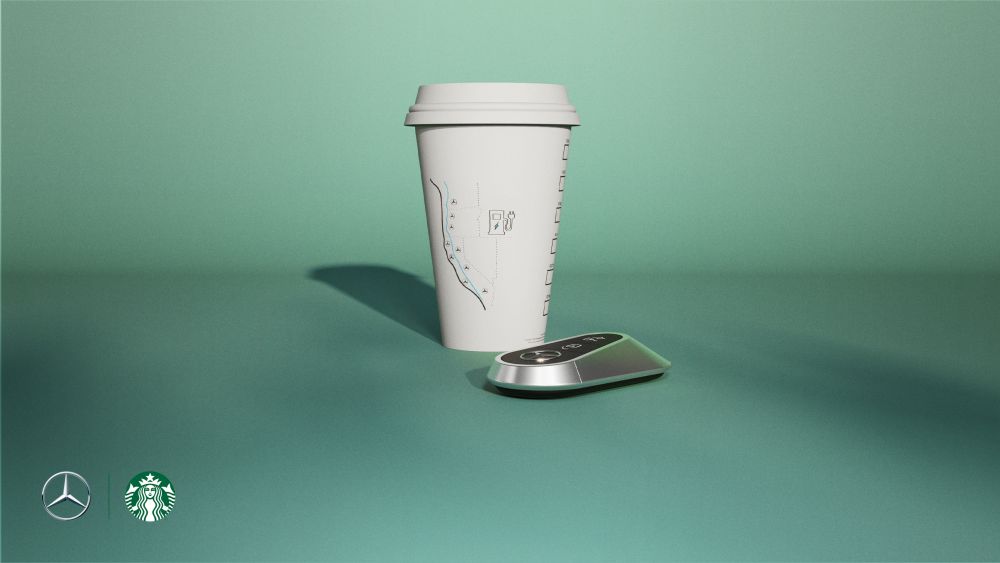As part of an initial $1 billion investment to build charging stations in the USA, Mercedes has announced a cooperation with Starbucks to build 100 high-power DC stations along Interstate 5 from San Diego to Seattle.
In November 2023, the Mercedes-Benz High-Power Charging division inaugurated the first charging station as part of an initial $1 billion investment program to build high-power stations across the US. Since then, Mercedes has opened numerous 400 kW high-power DC stations in Texas, Alabama, Georgia, Florida, South Carolina, Tennessee, and Kentucky. The plan is to expand the network over the next 12-18 months in nearly half of the US states.
Now, Mercedes is announcing a partnership with Starbucks to electrify more than 100 Starbucks locations along one of the busiest highways in the US – Interstate 5 (I-5), which totals 2,222.97 km (1,381.29 miles). Interstate 5 stretches along the west coast of the US from San Diego to Seattle, passing through Los Angeles, Sacramento, and Portland, linking Canada to Mexico. At Starbucks sites, 400 kW DC charging stations will be built to allow electric cars to be charged very fast.
The Starbucks network already operates over 1,000 company-operated and licensed stores with nearby access to EV charging. In partnership with Mercedes-Benz, Starbucks continues to expand its EV charging network.
Currently, electric Mercedes models are based on dedicated electric platforms (EVA II for EQS and EQS) with charging power up to 200 kW or on conventional platforms (EQB, EQA) with charging power up to 100 kW. Both platforms use 400V technology, but Mercedes will switch to 800V technology in the future. The new Mercedes CLA EV (launch fall 2024) will be built on the MMA multi-propulsion platform, while the future Mercedes C-Class EV and GLC EV (launch 2026) will use the MB.EA Medium dedicated electric platform, both with 800V technology and higher charging power which will go up to 270 kW.
In the same time, the second generation Mercedes EQS (2028) will use a modernized version of the EVA II platform with 800V technology.

Comments are closed